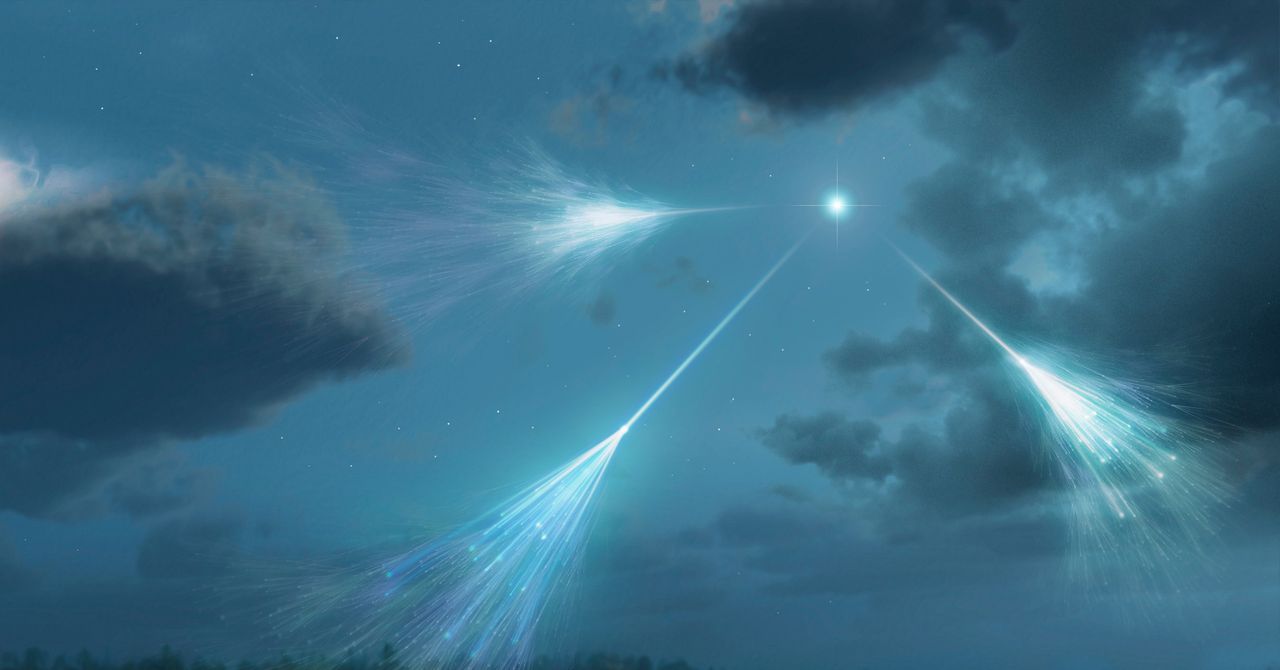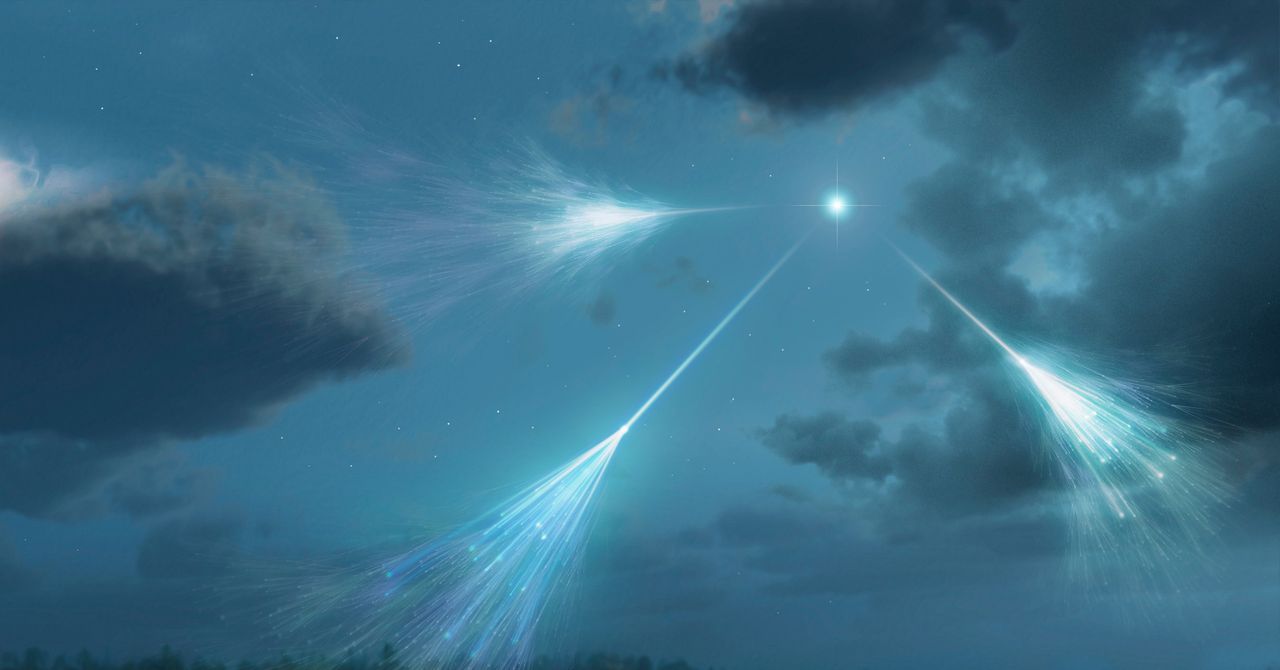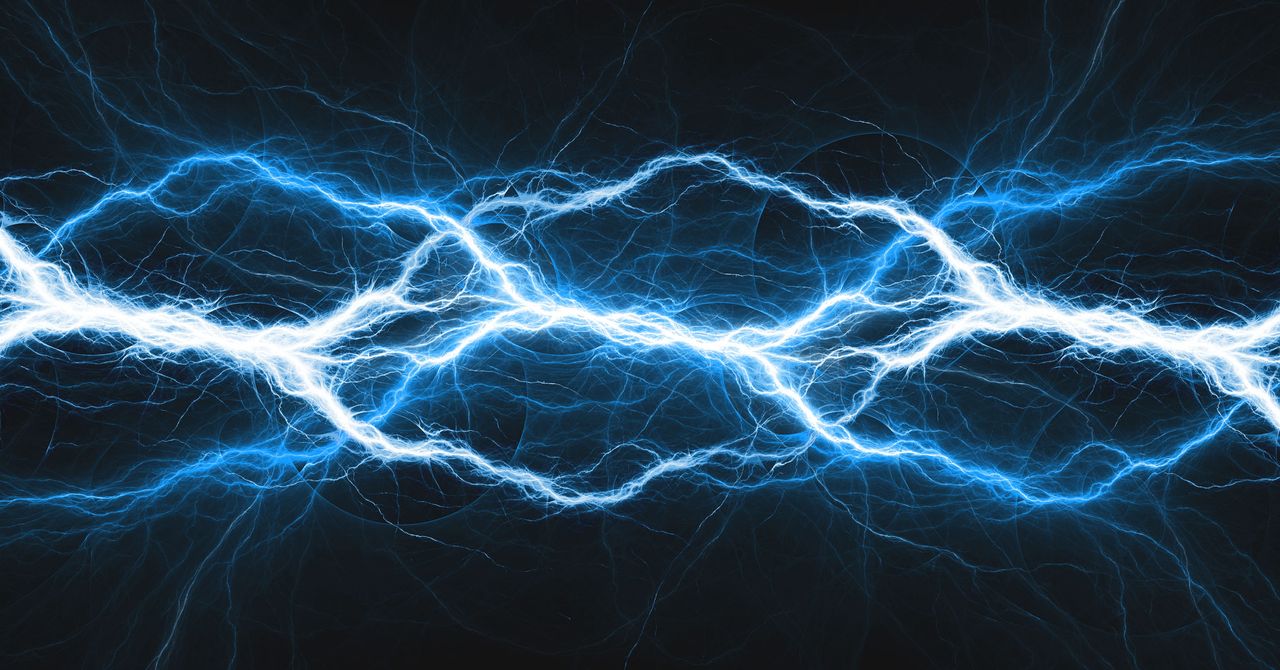Unravelling the Mystery of the Energetic Neutrino in 2023

In February 2023, an intriguing discovery was made deep in the Mediterranean Sea when a cosmic particle detector recorded a neutrino with energy levels far exceeding previous measurements. Known as KM3-230213A, this neutrino came in at a staggering 220 petaelectronvolts (PeV), dwarfing the previous record of 10 PeV.
Neutrinos, commonly referred to as 'ghost particles,' are some of the universe's most abundant yet elusive particles. As fundamental particles, they lack electric charge and mostly pass through matter without interaction, making them difficult to detect. This particular neutrino's extraordinary energy level poses significant questions about its origin and the processes that created it.
Physicists were faced with two possibilities: KM3-230213A either points to an unknown cosmic process or is simply a measurement error. Thankfully, recent analyses from researchers suggest the former. In fact, a study published in the journal 'Physical Review X' strengthens the belief that this particle is a real outlier, not an anomaly.
The origins of this powerful neutrino remain uncertain. It could signify a new kind of astrophysical source or be a cosmogenic neutrino resulting from cosmic rays interacting with the cosmic microwave background. Alternatively, it might be linked to known cosmic accelerators like gamma-ray bursts, supernovae, or relativistic jets near black holes.
Neutrinos hold immense value in the scientific community because of their ability to travel vast distances through the cosmos, providing insights into remote celestial events. As more data is collected, we await to uncover the full story behind KM3-230213A, hoping it will yield new understanding of the universe's hidden mechanisms.



